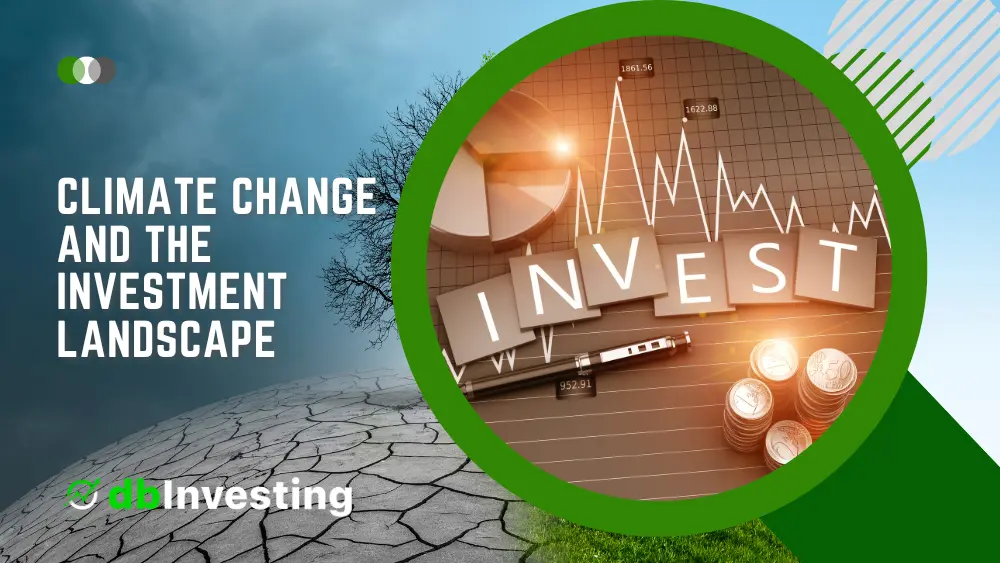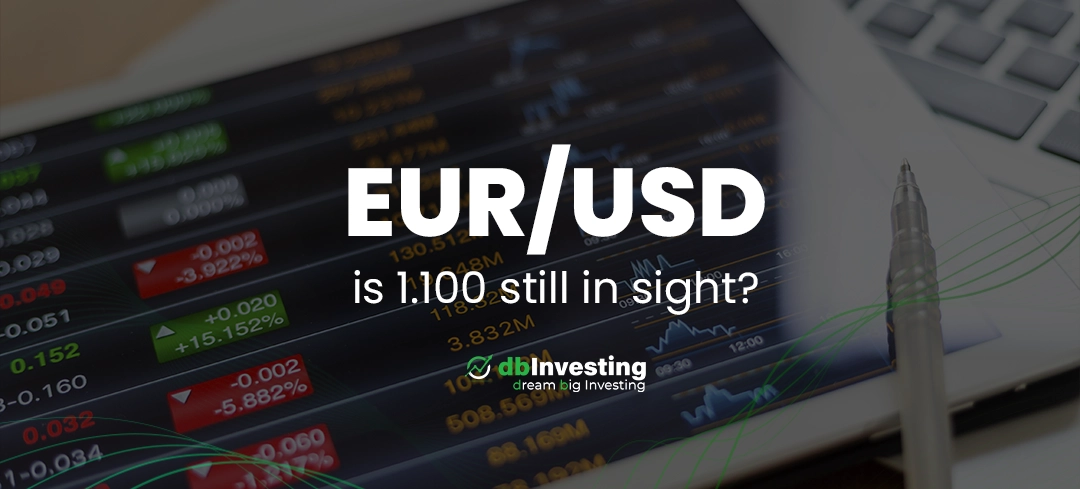Climate change has become one of the most pressing global challenges of the 21st century. Its effects are felt across various sectors, including finance and investment. Climate change poses significant risks to the global economy, and investors need to consider these risks when making investment decisions.
At the same time, climate change also creates opportunities for investment in areas such as renewable energy and clean technology. In this article, we will provide a comprehensive analysis of the impact of climate change on the investment landscape.
The Risks Associated with Climate Change
Climate change poses significant risks to the global economy and the investment landscape. The most significant risks associated with climate change are:
- Physical risks: These are risks that arise from the physical impacts of climate change, such as extreme weather events, sea-level rise, and heatwaves. Physical risks can cause damage to property, infrastructure, and supply chains, leading to significant financial losses for investors.
- Transitional risks: These are risks that arise from the transition to a low-carbon economy. The transition to a low-carbon economy is likely to result in the devaluation of assets that are dependent on fossil fuels, such as coal, oil, and gas. This devaluation could result in significant financial losses for investors who have exposure to these assets.
- Liability risks: These are risks that arise from the legal and regulatory frameworks designed to address climate change. Companies and investors may face legal action if they are found to be contributing to climate change or failing to take adequate measures to address it.

Opportunities Associated with Climate Change
While climate change poses significant risks to the investment landscape, it also creates opportunities for investment in areas such as renewable energy and clean technology. The opportunities associated with climate change include:
- Renewable Energy: The transition to a low-carbon economy is creating opportunities for investment in renewable energy, such as wind and solar power. Renewable energy is becoming increasingly competitive with fossil fuels, and investment in this area is likely to grow in the coming years.
- Energy Efficiency: Investment in energy efficiency is another area of opportunity. Energy efficiency measures can reduce energy consumption, leading to cost savings and a reduction in greenhouse gas emissions.
- Clean Technology: Investment in clean technology, such as electric is also an area of opportunity. Clean technology has the potential to transform various sectors, including transportation and energy, and investors who identify and invest in these technologies early could benefit from significant financial returns.
The Role of Green Finance
Green finance refers to financial products and services that promote sustainable development and address climate change. The role of green finance in the investment landscape is becoming increasingly important, as investors seek to manage the risks associated with climate change and capitalize on the opportunities it presents.
Green finance can take various forms, including green bonds, green loans, and sustainability-linked loans. These financial products provide funding for projects that are designed to promote sustainability, such as renewable energy projects, energy efficiency projects, and sustainable transportation projects.
Green finance also plays a critical role in promoting transparency and accountability in the investment landscape. Companies that receive funding through green finance products are required to report on their environmental and social performance, which provides investors with greater visibility into the risks and opportunities associated with their investments.
The Impact of Climate Change on Different Sectors
Climate change is likely to have a significant impact on different sectors of the economy. Some of the sectors that are likely to be most affected include:
- Energy: The transition to a low-carbon economy is likely to have a significant impact on the energy sector. As demand for renewable energy grows, companies that are heavily invested in fossil fuels may face significant financial losses.
- Agriculture: Climate change is likely to have a significant impact on the agriculture sector. Changes in temperature and rainfall patterns could affect crop yields, leading to food shortages and price increases.
- Real Estate: The physical risks associated with climate change, such as sea-level rise and extreme weather events, could have a significant impact on the real estate sector. Properties located in areas that are vulnerable to these risks could experience significant declines in value.
Conclusion
Climate change is one of the most significant challenges facing the global economy, and its impact on the investment landscape is becoming increasingly clear. While climate change poses significant risks to the investment landscape, it also creates opportunities for investment in areas such as renewable energy, energy efficiency, and clean technology.
Green finance is playing an increasingly important role in the investment landscape, providing funding for sustainable projects and promoting transparency and accountability in the investment process.
Investors who are able to identify and manage the risks associated with climate change and capitalize on the opportunities it presents will be well-positioned to succeed in the coming years.



